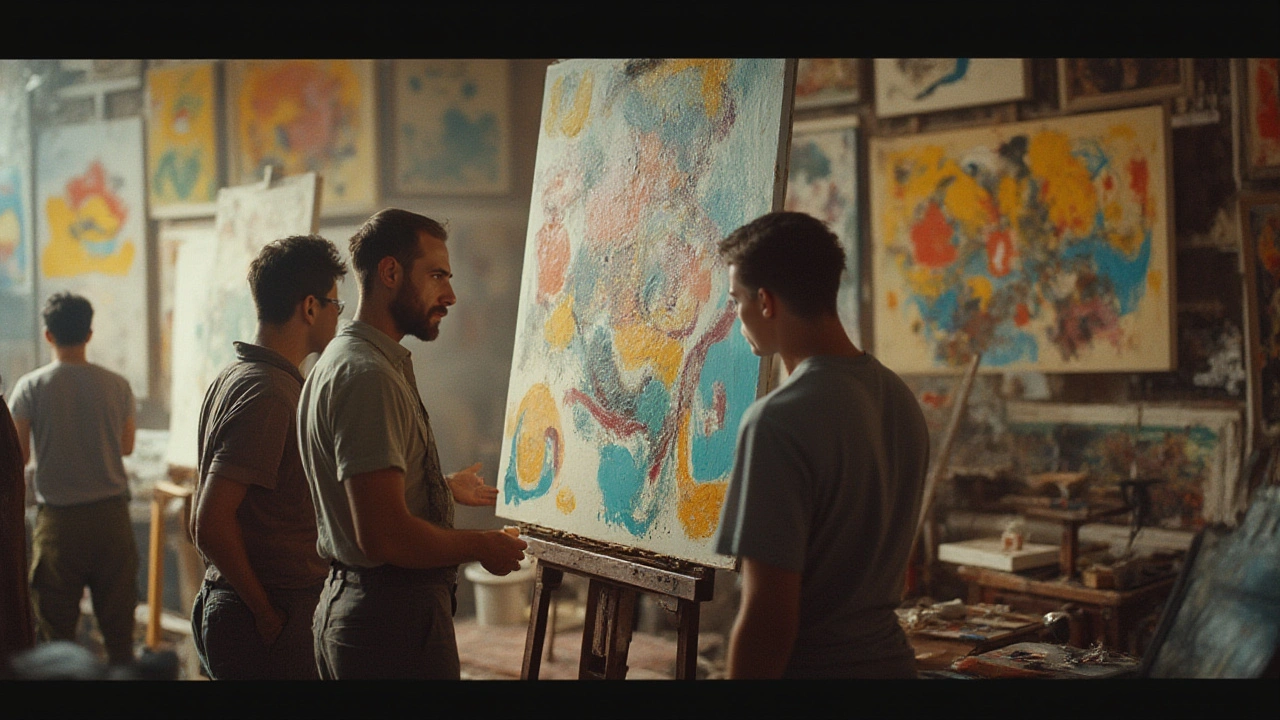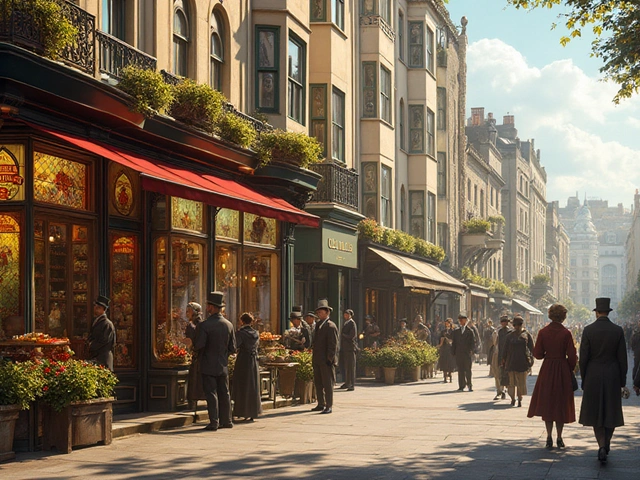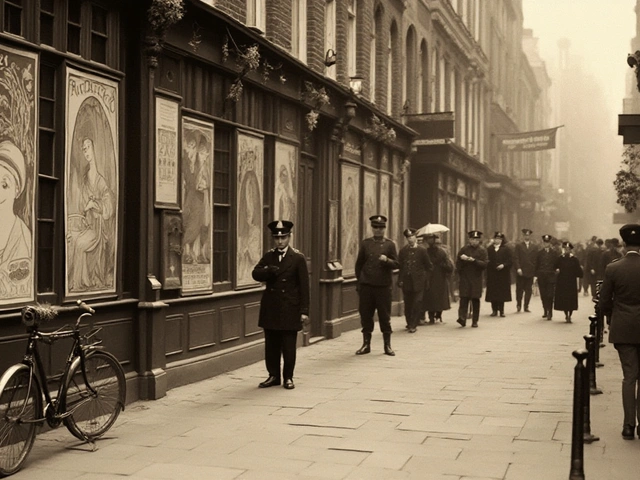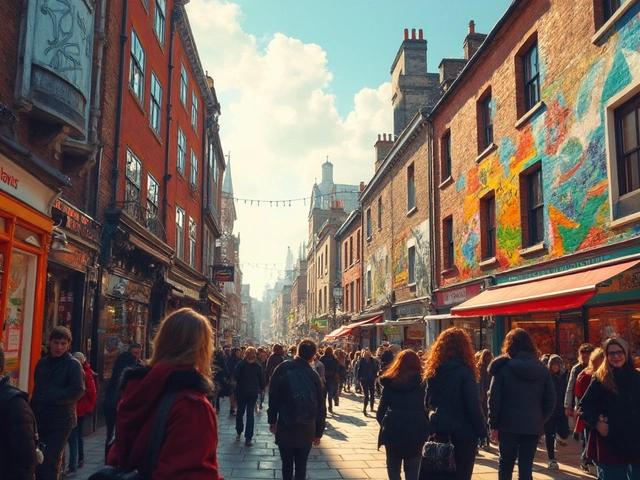Picture this: a painter jams a canvas to the floor, sloshes paint in furious sweeps, shoes squeaking as he dances around what looks—at first—a hot mess. But then, the painting pulls you in. Is it chaos, or do you feel something new, something raw and alive? Welcome to the wild world of Abstract Expressionism, where abstraction isn't about confusion but about a deeper honesty. This movement didn’t just break art’s rules; it rubber-stamped a totally new way to use the canvas—one all about feeling, not looking.
What Does 'Abstract' Mean in Abstract Expressionism?
Abstraction in Abstract Expressionism doesn’t mean 'empty of meaning.' Actually, it's the opposite. Think of abstraction as freedom—freedom from having to paint apples as apples or rivers as rivers. Abstract painters weren't bored; they were desperate to find a way to show the splatters, cracks, and mess of real emotion. These artists, active mostly between 1943 and 1952 in New York, were the first Americans to shape a world-famous art movement. Jackson Pollock is the poster child: wild gestures, paint drips, no clear subject—just energy leaping out in every line. Is this just nonsense to shock the crowd? Not at all. It's the rawest self you’ll meet on a canvas.
Abstract here means letting go. People like Pollock or Mark Rothko, for instance, tossed out the idea that a painting had to 'look like something' from the real world. Instead, they focused on color, line, and size—things that talk to your gut, not your thinking brain. Rothko’s haunted color rectangles? The point is how you feel standing in front of them, not guessing what the shapes mean. There’s a story about a visitor who burst into tears in front of a Rothko painting. The artist just said, 'That’s the proper response.' That’s how much abstraction can hit you, if you let it.
Some folks complain Abstract Expressionism is just splash-and-dash. But even the experts say it's never random. In 2022, the Guggenheim Museum broke it down: Pollock's drips are almost mathematical—researchers scanned a bunch and found they follow complex fractal patterns, just like rivers and trees in nature. The 'abstract' in their abstraction is order hiding behind seeming chaos.
Best part? You don’t need to 'understand' every painting. Abstract Expressionism is an experiment in what art can be when you pull the plug on realism—it’s paint as pure feeling, painting as bold confession.
The Big Names: Artists Who Shaped Abstract Expressionism
No spotlight on Abstract Expressionism works without Jackson Pollock—Mr. Drip Painting himself. But he wasn’t alone. Let’s meet the lineup:
- Jackson Pollock: Loved chaos, hated rules. He used tools like sticks and trowels. He even walked on his canvases and listened to jazz while painting. Out of his most famous works, "No. 5, 1948" still turns heads today—and it reportedly sold for over $140 million back in 2006.
- Mark Rothko: Not splashing paint—he made floating rectangles, washed in wild reds or melted oranges. His works are gigantic for a reason. He wanted viewers to be swallowed whole by emotion.
- Willem de Kooning: The rebel who combined abstraction and figuration, often painting messy women with jagged, nervous energy. He once said he didn't want to 'paint apples'—he wanted to 'paint the feeling of apples.'
- Helen Frankenthaler: She pushed abstraction to a new level by letting colors bleed and soak into the canvas. This 'soak stain' technique makes her works look almost like they’re breathing.
- Franz Kline: Think black and white. His bold, sweeping brushstrokes scream 'motion,' like torn paper or subway shadows racing by.
The list goes on. Lee Krasner, Joan Mitchell, and Robert Motherwell all dug deep into abstraction, daring viewers to feel first, think later. But this wasn’t just a dude-fest. By the 1950s, women artists like Krasner and Grace Hartigan slammed onto the scene—and only now are people waking up to just how good they were.
These artists didn’t always agree. Some craved peace, like Rothko’s serene blocks; others loved chaos, like Pollock’s stormy drips. But if you hear them talk or read their notes, it’s clear: abstraction gave them room to say things words just couldn’t touch.
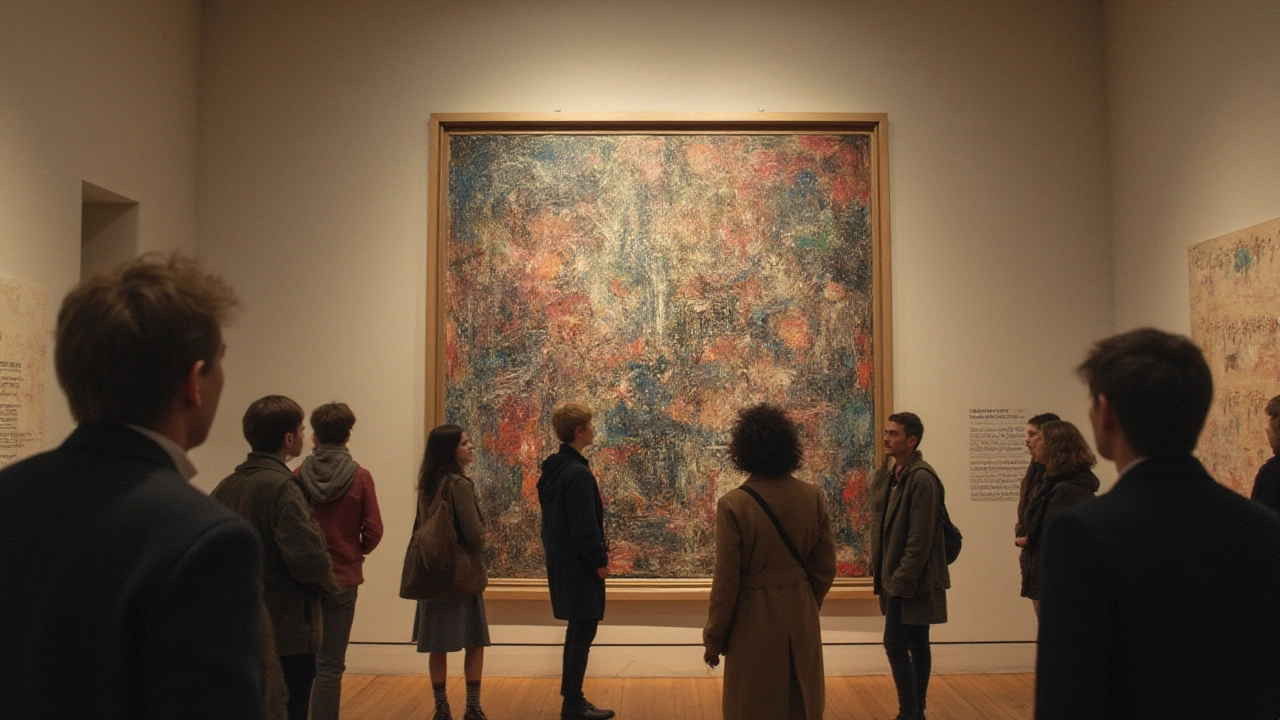
Decoding the Message: What Should You See or Feel?
People ask, 'Is there a message in Abstract Expressionism?' Sure, there is. But don’t hunt for a hidden dolphin or a secret code. What these painters chase is the moment when art stops being about objects and starts being about the inside stuff: fear, joy, anger, hope. This isn’t the Mona Lisa grinning from across the room. This is a straight shot of feeling, right between the eyes.
Abstract Expressionism exploded in the same years as World War II ended, with all its trauma and hope for a new world. Lots of artists were immigrants who’d escaped war-torn Europe. They’d seen horror and wanted a clean break. Their art—messy, bold, honest—reflects this search for meaning in a shattered time. As Pollock put it, 'Painting is self-discovery. Every good artist paints what he is.' Rothko warned against overthinking it: Stand in front of a painting, let it wash right into you.
If you get stuck in front of a painting, try this tip: notice your body. Does your heart beat faster? Do you get a knot in your stomach? Then, you’re doing Abstract Expressionism exactly right. You don’t need to like every piece. Heck, even some critics in the 1950s thought these artists were faking it. But the best works in this movement push you—in good ways or strange ones. Abstraction here is less 'hide and seek' and more 'take it or leave it.' Feel, don’t figure out.
Here's an idea: next time you visit a museum, spend five whole minutes with one piece (no checking your phone). Notice the colors, the shapes, the way the paint sits. Try standing super close, then way back. See how different it feels? That's Abstract Expressionism at work, creating a physical world out of pure feeling.
Why Did Abstract Expressionism Change Art Forever?
Before this wave, American artists were barely noticed in Europe. Paris was the cool club, and the US played catch-up. Then, bam—Pollock’s wild paintings landed on magazine covers and in museums. Suddenly, artists in Paris were copying Americans. Critics called this the 'New York School,' and postwar America finally had an art movement as bold as its jazz scene and skyscrapers.
Abstract Expressionism changed not just what art looked like, but what it could do. Painters no longer copied what they saw; they invented what they felt. Kids at art schools could forget still life and go wild with paint and their guts. Museums got louder, with viewers arguing, sometimes even yelling, over what a piece meant. No wonder: Abstract Expressionism didn’t just turn art inside out—it dared everyone looking to look inside themselves.
Even the business of art flipped. Pollock’s works, once mocked as graffiti, became gold mines. Ever seen art auction stats? Here’s a taste:
| Artist | Record Sale (USD) | Year |
|---|---|---|
| Jackson Pollock | $140 million | 2006 |
| Mark Rothko | $86.9 million | 2012 |
| Willem de Kooning | $300 million | 2015 |
Those numbers? Proof that abstraction hit a raw nerve and never let go. Big galleries bought in, and the world paid attention. Abstract Expressionism seeped into everything from design to movies to music (and still does—hello, Kanye West’s album covers).
It wasn’t just about America, either. Abstract ideas smashed down borders—Japanese Gutai painters, CoBrA in Europe, all riffed on the 'express yourself' vibe that Abstract Expressionism started. The movement made art about conversation, not instruction. Your response is the other half of the painting.
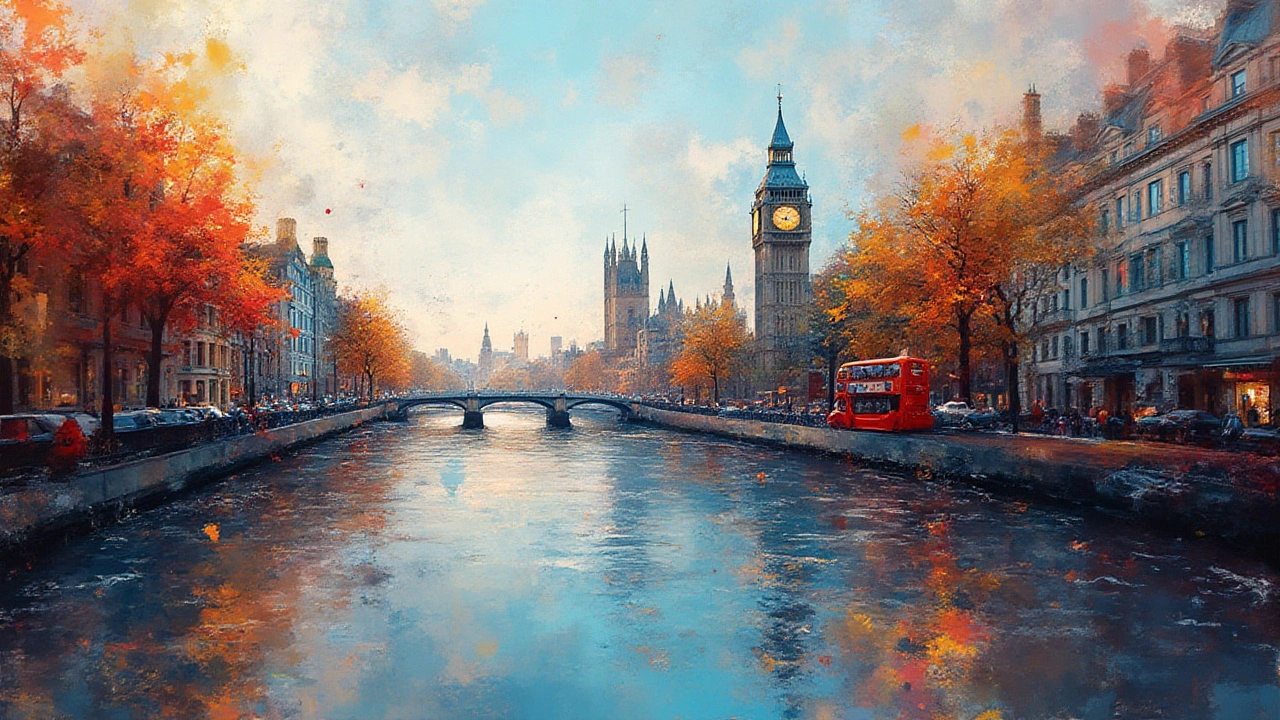
How to Engage With Abstract Expressionism Today
Don’t be shy—Abstract Expressionism wants you to dive in, not hold back. Don’t worry if the work looks like a kid’s messy lunch. That’s part of the secret: pure expression needs no excuse or permission.
Start simple. If you see a painting that just looks like big blobs or shock-white stripes, take a moment. Ask yourself, 'What might the artist have felt here? What do I feel looking at this?' There’s no wrong answer. For fun, find a local show or visit an online archive like MoMA’s Abstract Expressionism collection. Stare at a Pollock, Rothko, or Frankenthaler. Compare how your gut reacts to each one. That’s the magic.
Try this tip if you want to paint your own: find the biggest blank paper you have, pick two colors that make you tingle, put on wild music, and let your hand go nuts for one minute. Whatever spills out—anger, joy, boredom—see what’s there, then step back. Abstract Expressionism is about your moment, no edits, no take-backs.
Curious for more? Many museums these days offer guided tours just for Abstract Expressionism. Some will even let you vote on what you think a piece is 'about.' Want to go digital? The Smithsonian, Met, and Guggenheim offer free Zoom tours and smart phone apps that let you zoom into the paint cracks and brush marks.
You don’t need an art history PhD to get it. Abstract Expressionism is like the ultimate playlist: sometimes you dance, sometimes you cry, sometimes you just need the volume turned up to eleven. Let it in, argue with it, play with it. The abstract in Abstract Expressionism, in the end, just means—make it your own.

